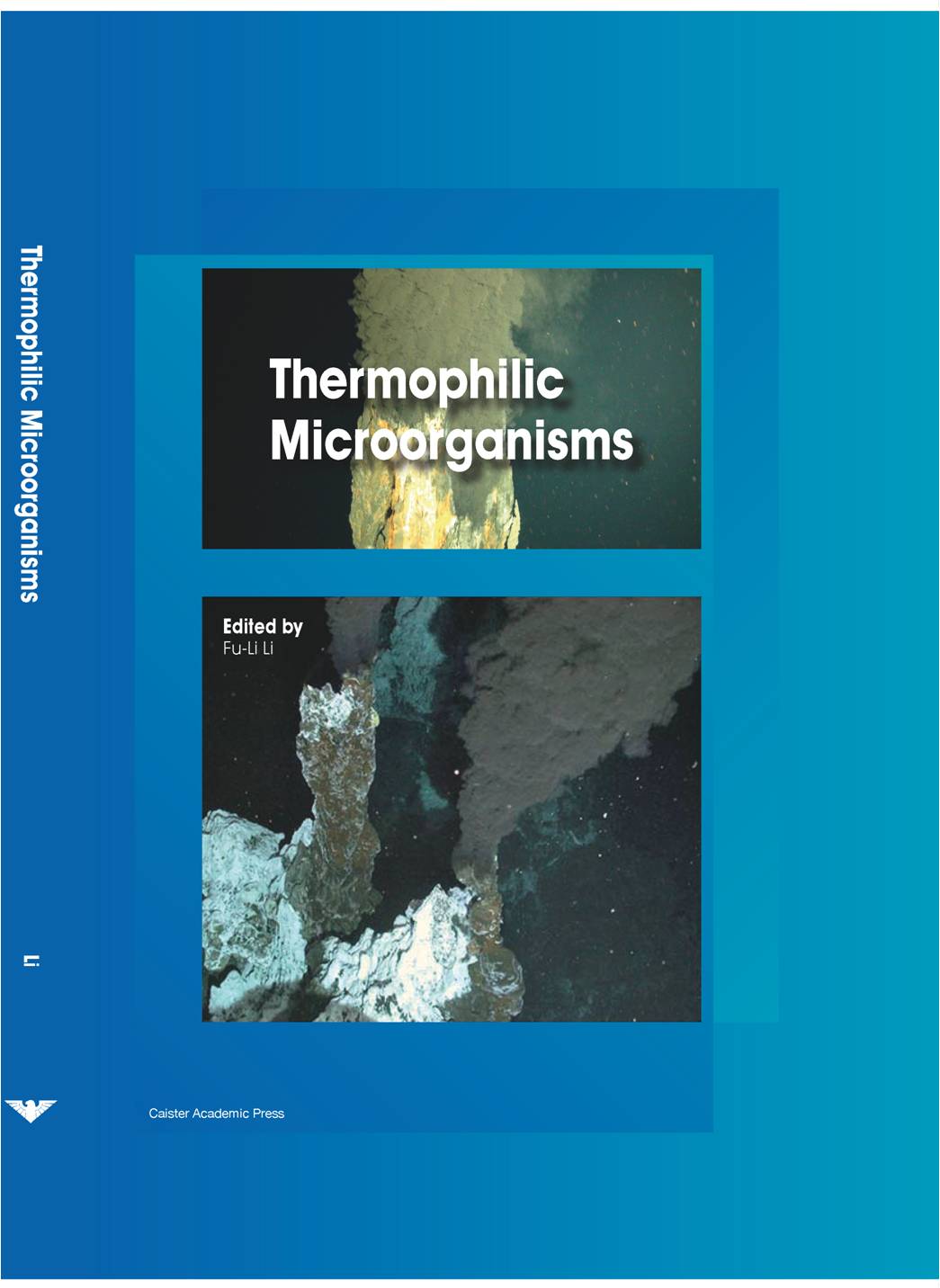How Microorganisms Digest Carbohydrate at High Temperature
Few people know that, there are some microorganisms named thermophiles thriving in certain special habitats, for example, subsurface petroleum reservoirs, hot springs or deep-sea hydrothermal vents. The ability of such thermophilic microorganisms to proliferate under extreme hot conditions is of widespread importance in microbial physiology, biological evolution, ecological cycle and industry biotechnology.
A research team led by Prof. LI Fu-Li from the Chinese Academy of Sciences' Qingdao Institute of Bioenergy and Bioprocess Technology (QIBEBT) has focused on studying thermophiles for years.
Increasing studies have indicated that the distribution of thermophiles was not limited in geothermal areas. From this team's work, the thermophilic alginolytic and cellulolytic communities, enriched from coastal low temperature environment, have provided exciting evidences for the wide distribution of thermophiles (International Journal of Systematic and Evolutionary Microbiology, 2015, 65: 2870). As an example, a new thermophilic species Defluviitalea phaphyphila sp. nov. was found from coastal sediment (Applied and Environmental Microbiology, 2015, doi: 10.1128/AEM.03297-15) (Figure 1). This bacterium could use the main sugar components of brown algae including alginate, laminarin and mannitol to produce ethanol. Genome analysis revealed the system that participates in deconstruction of brown algae. Their reseach also characterized numerous novel thermophilic alginate lyases. These alginate lyases have much higher thermostability in contrast to previously reported cases, and they are considered to be excellent candidates for industrial application (Applied and Environmental Microbiology, 2015, doi: 10.1128/AEM.03297-15; Current Biotechnology, 2015, 4: 1). Progresses were also made in carbohydrate-binding modules of xylanases within thermophilic bacterium Caldicellulosiruptor sp. Strain F32 (Applied and Environmental Microbiology, 2015, 81: 2006).

Figure 1. Scanning electron micrograph of brown algae cells after invaded byDefluviitalea phaphyphila, and the holes on the surface indicated the invasion of the bacterial cells. (Image by QIBEBT)
On the basis of the team's persistent work, Prof. LI Fu-Li was invited to edit a book Thermophilic Microorganisms, which has been recently published online by Caister Academic Press (Figure 2). The book covers a wide variety of relative fields, such as diversity and ecological roles of thermophiles, biochemical properties of thermostable biocatalysts, role of polyamines and viruses in thermophiles, DNA replication, and metabolic engineering of thermophiles. Extensive attention has also been paid to industrial applications of thermostable catalysts including alcohol dehydrogenase, glycoside hydrolase, protease, lipase, and some other popular enzymes. Leading scientists from Canada, China, Germany, Japan and USA highlight the achievements of the most updated topic areas related to thermophilic microorganisms in this book.

Figure 2. Book cover ofThermophilic Microorganisms. (Image by QIBEBT)
Reference:
1. Thermophilic microorganisms, Edited by LI Fu-Li, England: Caister Academic Press, 2015.
2. Brassicibacter thermophilussp nov., a thermophilic bacterium isolated from coastal sediment, International Journal of Systematic and Evolutionary Microbiology, 2015, 65: 2870.
3. Defluviitalea phaphyphilasp. nov., a novel thermophilic bacterium that degrades brown algae, Applied and Environmental Microbiology, 2016, doi: 10.1128/AEM.03297-15.
4. Biochemical and structural characterization of alginate lyases: An update, Current Biotechnology, 2015, 4: 1.
5. Distinct roles for carbohydrate-binding modules of GH10 and GH11 xylanases fromCaldicellulosiruptorsp. F32 in thermostability and catalytic efficiency, Applied and Environmental Microbiology, 2015, 81: 2006.
Contact: Prof. LI Fu-Li
Qingdao Institute of Bioenergy and Bioprocess Technology, Chinese Academy of Sciences
Email: lifl@qibebt.ac.cn